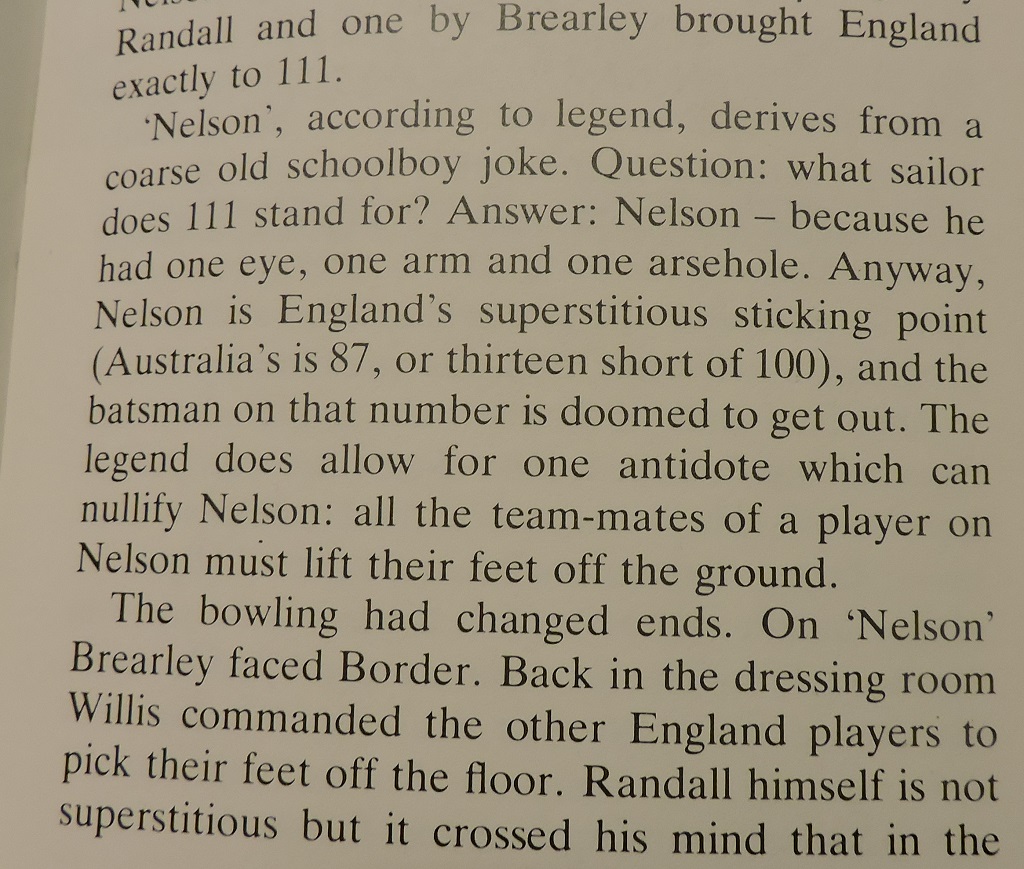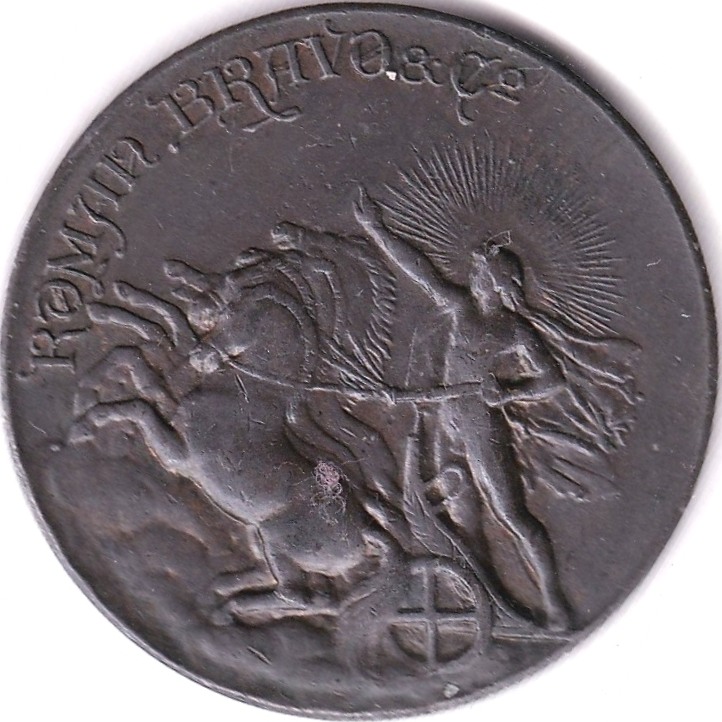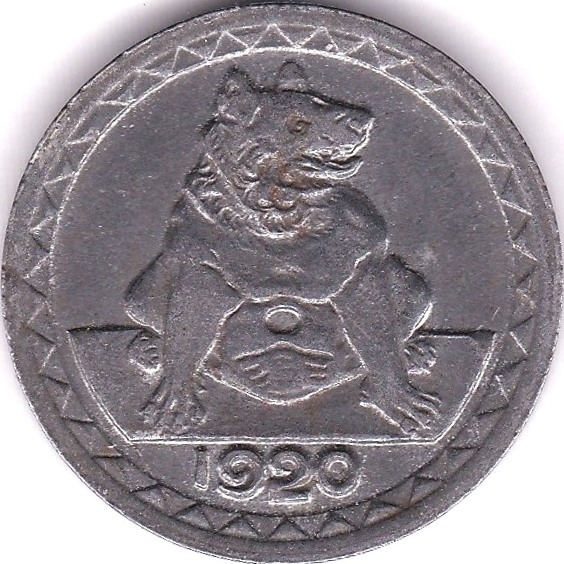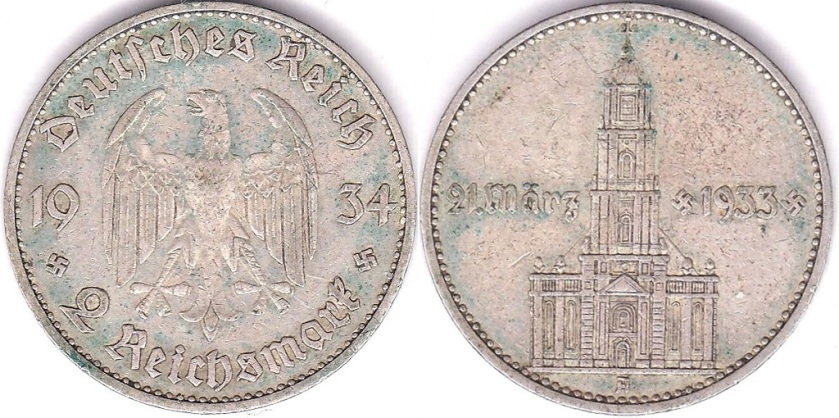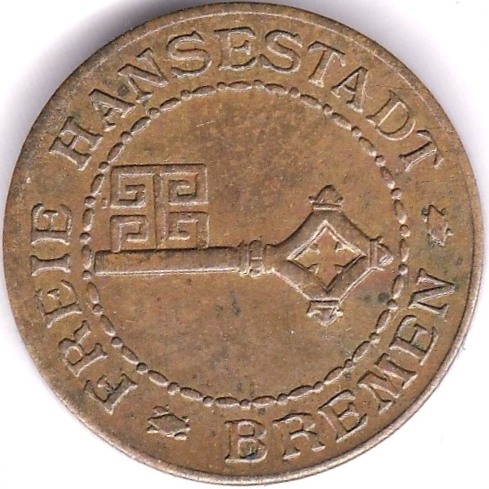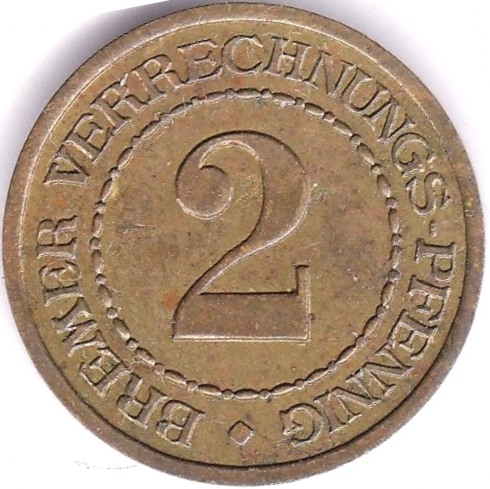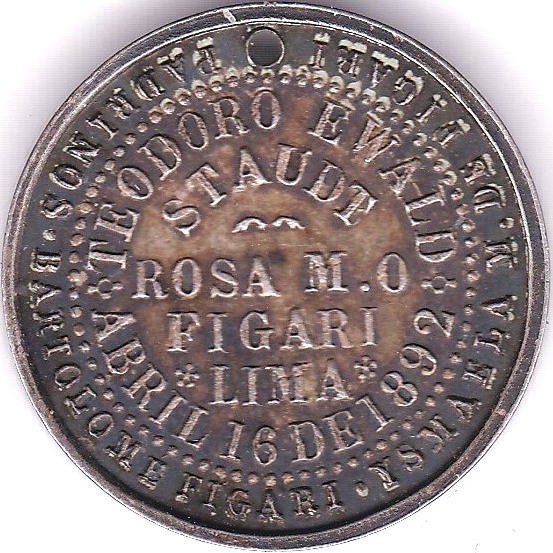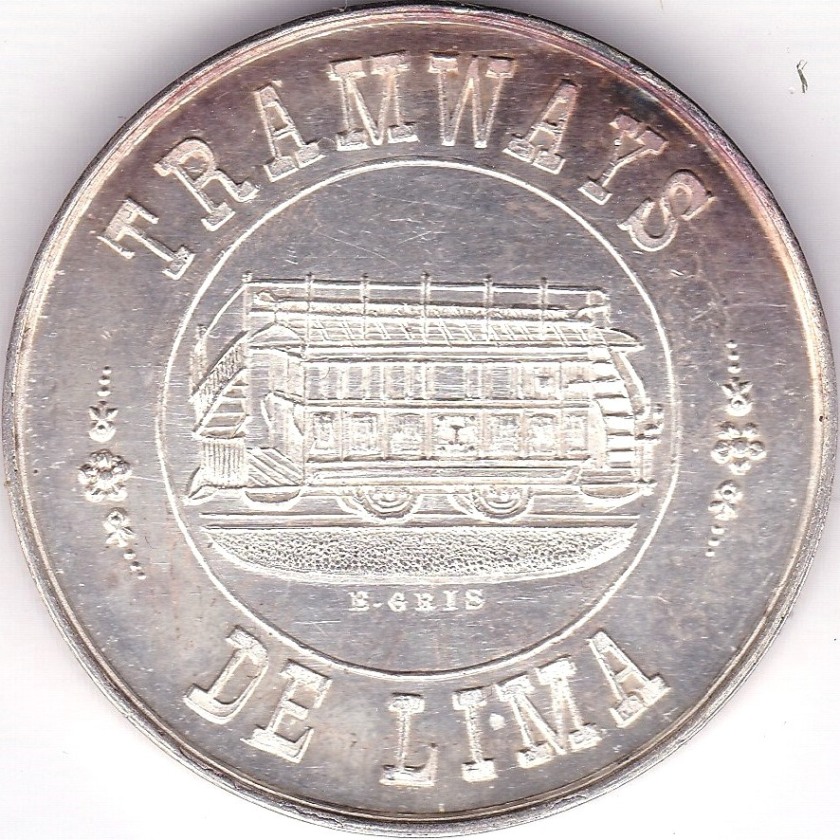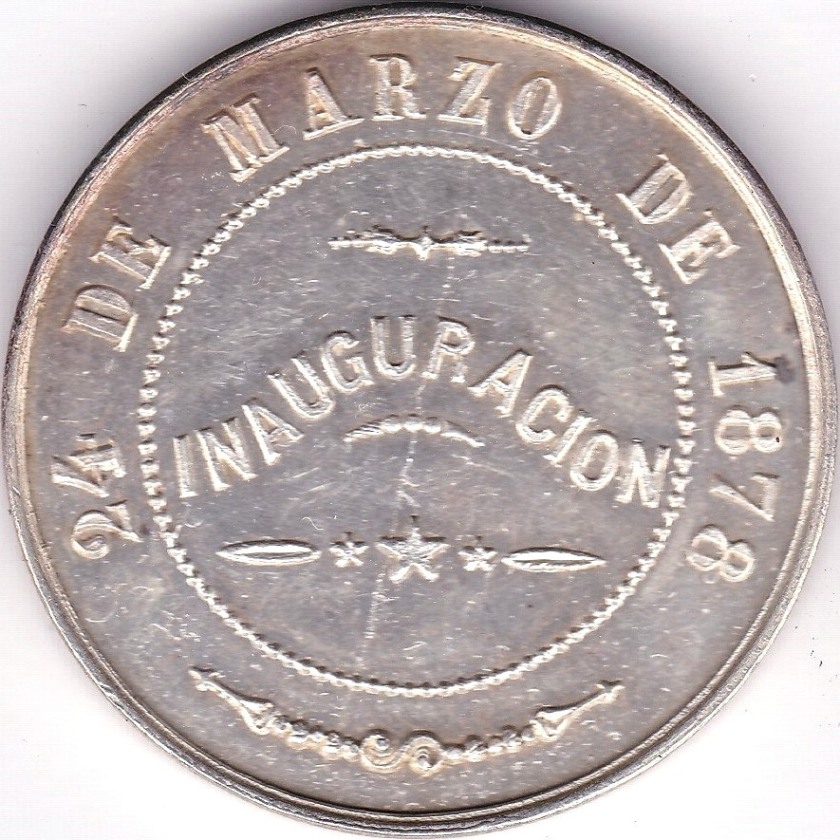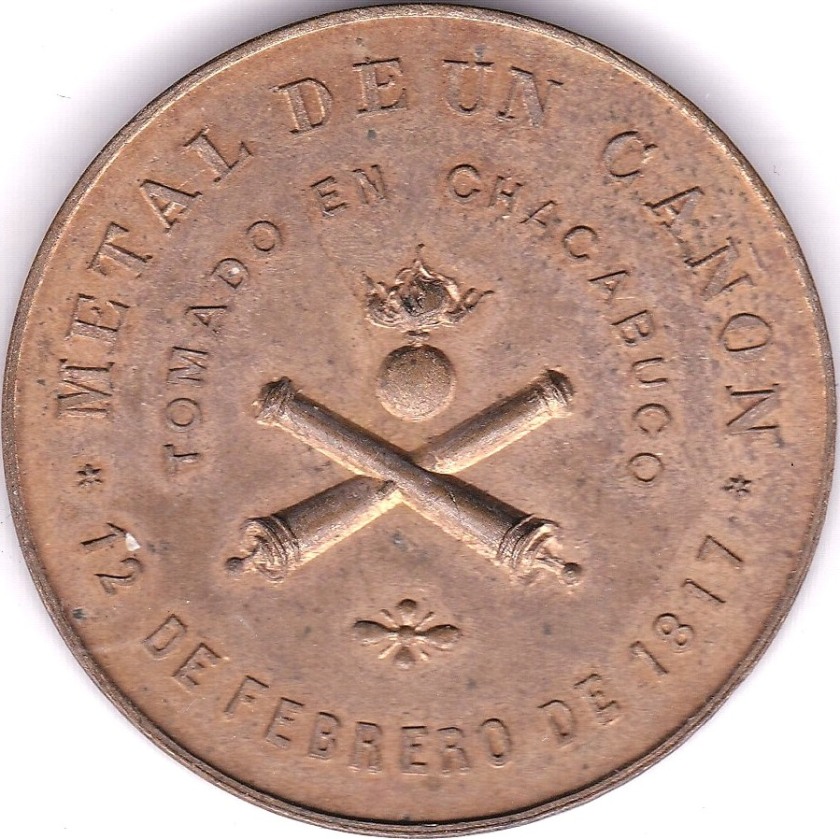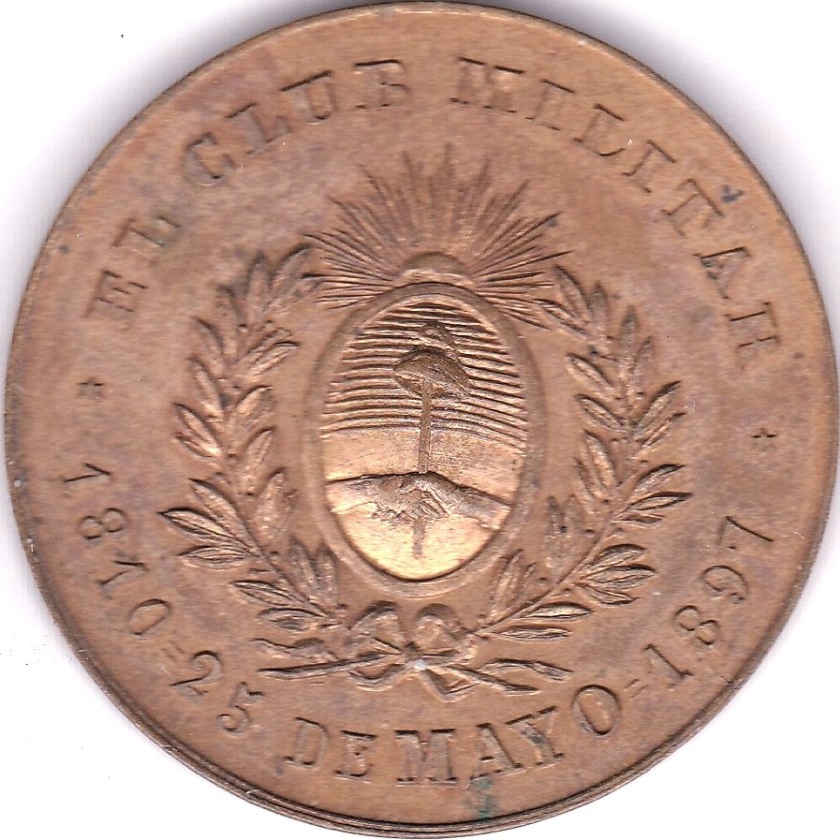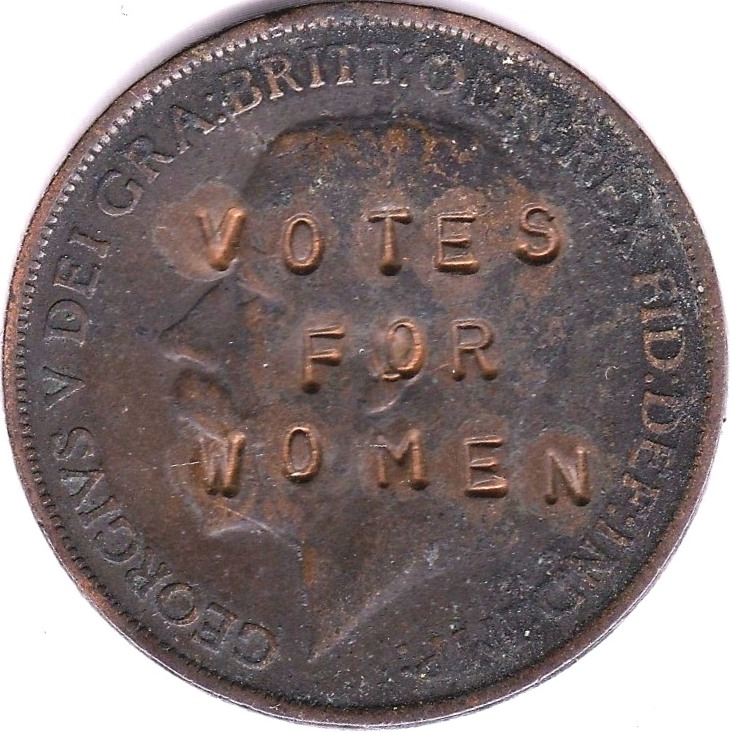INTRODUCTION
Welcome to another variation on the ‘All Time XI‘ theme. In the spotlight today are cricketing eccentrics. All of the players named have notable achievements to their credit, and my follow-up feature to presenting the XI will refer to one of these in particular.
THE ALL TIME ECCENTRICS XI
- George Gunn – right handed opening bat, 35,208 first class runs at 35.96. I wrote about him in my Nottinghamshire piece (all my county XIs can be accessed from this page), and I am now going to concentrate on his eccentricities. On one occasion, when facing Gubby Allen of Middlesex at the start of an innings Gunn took the unusual approach when facing a quick bowler of commencing to walk down the pitch as Allen began his run up! This extraordinary little innings lasted five balls before Allen managed to clean bowl Gunn, and the score at that point was 18-1! On another occasion Gunn was batting on a beautiful sunny day and was looking in fine form when he suddenly popped up a simple chance. Asked what had happened he laconically replied “too hot.” Once Gunn was unbeaten when the lunch interval (as he thought) arrived, and he started to head for the pavilion, only to be told that the playing hours had been revised, and lunch was not until 2:00. Gunn allowed the next delivery to bowl him and walked off saying “I always take my lunch at 1:30”. There was a game against Yorkshire, when after those worthies had posted a big total Gunn ground out a century in over six hours, copping all manner of stick from the fielders along the way. Notts failed to avoid the follow on, and with less than two hours left in the game they went in again. This time, Gunn was 109 not out, with none of the other three players to bat in the Notts second innings even in double figures. Gunn said about this second innings display “I thought I’d play swashbuckle to show them”. My final story concerns a letter Gunn was given at the back end of the 1920 season, which he pocketed and promptly forgot about. Rediscovering it the following spring he opened it and found that it had contained an invitation to go on the 1920-1 Ashes Tour!.
- George Brown – right handed batter, right arm fast bowler, occasional wicket keeper. 25,649 runs at 26.49, 626 wickets at 29.31, 568 catches and 78 stumpings in first class cricket. I described his response to a barrage from Larwood in my Hampshire post. Another example of distinctive behaviour is the story of how he came to Hampshire in the first place – it is said that he walked the 60 miles from his native village of Cowley, Oxfordshire to Southampton with his cricket bag over his shoulder.
- Sydney Rippon – right handed bat, 3,823 first class runs at 21.53. One half of a pair of identical twins (Dudley was the other) who played for Somerset. They looked so similar that scorers often had a hard time working out which of them to credit runs to (both were front line batters). Sydney gains his place in this XI for a highly unusual achievement – batting for the same county team in the same season under two different names! He was an amateur who worked as a civil servant, and once while he was off work sick Somerset had dire need of his services with the bat. Not wishing either to let his county down or get in trouble with his employers he appeared in the match in question as ‘S Trimnell’! He had a reasonable game under his assumed name, and did manage to avoid trouble with his employers.
- Bill Alley – left handed bat, right arm medium-fast, 19,621 first class runs at 31.88 and 768 wickets at 22.68. Another Somerset legend. He joined the county when closer to 40 than 30 years of age and played for them for over a decade. He did many thing sin his eventful life. When his playing days were done he became an umpire. There are two versions of a story about his early umpiring days which are both entertaining: both versions involve a young bowler attempting to illicitly alter the condition of the ball in his favour – in one Umpire Alley spots what is going and intervenes telling the youngster in the twang of his native Oz “mate, this is how you do it”, and gives him the benefit of his experience; while in the other Alley sees the ball at the end of an over and says to the youngster “you’ve done a good job on this – if you don’t get seven wickets with it I’m reporting you.” There is also a claim made that would definitely if true put Alley in a club of one – that a certain FS Trueman terminated a friendly visit to the Somerset dressing room because Alley’s lurid language was too much for him!
- Derek Randall – right handed batter, brilliant fielder, 28,456 first class runs at 38.14. Rated by many who saw him as possibly the fidgetiest cricketer in history. He got a raw deal from the England selectors, who often used him up near the top of the order when he was better suited to batting in the middle, but he still managed some outstanding performances at that level, notably his 174 in the Centenary Test in 1977 when England made a gallant effort to chase a target of 463, losing by 45 runs, coincidentally the identical margin by which they lost the inaugural test match in 1877. In the fourth test of the 1978-9 Ashes at Sydney it was Randall who stopped England from losing their grip on that series. England had won the first two games, but had then been beaten in Melbourne, and had batted atrociously in the first innings at Sydney. After some stern words from skipper Brearley the team had rallied in the field to restrict their first innings deficit to 142, but they still needed something special to get out of the hole they were in. After the early loss of an out of sorts Boycott, Randall came in, and supported first by Brearley, then by Gooch and then by a few others lower down Randall batted for nine and a half hours in searing heat to reach 150. That meant that England had 204 to defend, and on a pitch that was starting to misbehave Yallop’s inexperienced Aussie side crashed to 111 all out putting England 3-1 up, with two matches to go in the six match series, meaning that The Ashes, regained by Brearley in 1977 were safely retained. As it happened England won both remaining matches and the series finished 5-1, an almost complete reversal of Aussie skipper Yallop’s preliminary 6-0 to Australia boast. Derek Randall wrote an autobiography, “The Sun Has Got It’s Hat On”, which I recommend.
- Billy Midwinter – right handed batter, right arm medium, 4,534 first class runs at 19.13, 419 wickets at 17.41.His chief eccentricity lay in his career pattern – Australia v England at the dawn of test cricket in 1877, England v Australia in 1881-2 and then back to Australia v England (others have played for both countries, but none for both A v E and E v A). His birthplace, for those who set store by such details (see my previous post in this series) was English – St Briavels in the Forest of Dean, Gloucestershire.
- +Alan Knott – wicket keeper and right handed bat, 18,105 runs at 29.63, 1,211 catches and 133 stumpings in first class cricket. The difficulty with finding a wicket keeper for a side of this nature is that so very many of the breed are so clearly eligible that it is hard to pick one. Accounts of his antics suggest that Alan Knott very successfully inhabited the border zone between outright genius (exemplified by his glovework) and downright bonkers.
- *Aubrey Smith – right arm fast bowler, right handed bat, 346 first class wickets at 22.34, 2,986 runs at 13.63. ‘Round the Corner’ Smith as he was dubbed for his run up (apparently it was actually more a logarithmic curve than a round-the-corner run) captained England in his only test match appearance (win record 100%, 7 wickets at 8.71 each in the match), before handing the reins to Monty Bowden, who at the age of 23 remains the youngest person to have captained the England men in a test match. After his playing days were done he trod the boards, ultimately going to Hollywood (at their instance, not his), where he established Hollywood Cricket Club, of which, having done the job for England, he was the inaugural captain. There is a story of Smith in his old age fielding at slip, dropping a catch, calling for his glasses, then dropping another sitter and saying “dashed fool brought my reading glasses”.
- George Simpson-Hayward – right arm bowler of under arm off spin, right handed bat, 503 first class wickets at 21.39, 5,556 runs at 18.58. The ‘last of the lobsters’ (his style of under arm bowling was also known as ‘lobs’), he won a test series for England against South Africa (23 wickets at 18.26 in the five matches) with his bowling, the last to make a mark with that style of bowling at the very highest level (although Mike Brearley did on occasion try under arm bowling for Middlesex many years later).
- Cecil Parkin – right arm bowler of all sorts, right hand bat, 1,048 wickets at 17.58, 2,425 runs at 11.77. In so far as he had such a thing his stock delivery was the off break, but he is known to have augmented it with a leg break, a top spinner, a yorker and probably many other types of delivery as well. The Durham born Lancashire ace is one of the three subjects of David Foot’s literary triptych “Cricket’s Unholy Trinity” (the others are Charlie Parker of Gloucestershire and Jack MacBryan of Somerset).
- Phil Tufnell – left arm orthodox spinner, right handed bat, 1,057 wickets at 29.35, 2,066 runs at 9.69. Eccentricity is nearly as prevalent a trait among left arm spinners as it is among wicket keepers. Unusually for an English cricketer of his generation he actually did win something in Australia, albeit in the jungle rather than on the pitch. He has contributed some light hearted efforts to the literature of the game and is a popular expert summariser on the radio. He is also one half of ‘Tuffers and Vaughan‘ which is regularly broadcast on radio 5 live. He has been a long serving captain on the TV show “A Question of Sport”. He was unequivocally the match winner for England on three occasions, against the West Indies at The Oval in 1991, against Australia at The Oval in 1997, and against New Zealand in Christchurch in 1992, when Martin Crowe holed out going for the boundary that would have brought New Zealand level, ensuring a draw as there would have been insufficient time left in the game for the England second innings to commence, to complete an innings haul of 7-47 for Tufnell. His eccentricities caused him to be mistrusted in certain circles – he never appeared for England when Alec Stewart was captain, and when Raymond Illingworth was in overall charge (a job he did abysmally) Tufnell was rarely considered – when Illingworth wanted a slow left arm option he usually went for his Worcestershire namesake Richard who never turned the ball, but would keep things tight even if he never looked like taking wickets.
This team has a decent top five, an all-rounder, a keeper who can bat and four very widely bowlers. There is no leg spinner, but I think we can cope with that. Any of George Brown, Bill Alley or Billy Midwinter could share the new ball with Smith before the spinners are unleashed.
ON SIMPSON-HAYWARD AND A SUGGESTED LAW CHANGE
There are those will consider the suggestion I am about to make to be heretical, crazy or both. As an atheist I am hardly going to be bothered by accusations of heresy, while I make no secret of my history of mental health issues, and an accusation of craziness does not even merit a raised eyebrow as far as I am concerned. Under arm bowling was outlawed in the early 1980s in a ham-fisted move provoked by a disgraceful act by two of the Chappell brothers (the senior brother Ian was on commentary and was unimpressed). New Zealand needed six to tie a match off the final ball, with no11 Brian McKechnie, a former all-black rugby player, on strike. Aussie skipper Greg Chappell instructed the bowler, his younger brother Trevor, to roll the ball along the ground, which was then legal. McKechnie, baulked of the opportunity to go for glory, blocked the ball and then made his own feelings plain by throwing his bat in protest at the tactic. The point here was that with the ball rolling along the floor skill was taken out of the equation, the hitting of a six being rendered impossible. I believe that the outlawing of all under arm bowling was unnecessary then, and is more unnecessary now, because these days if a ball bounces more than once it is called ‘no ball’ and must be bowled again, with the batting side awarded two runs as well. All that is necessary is to make it clear that in the eyes of the law a ball rolling along the ground is considered to have bounced an infinite number of times and is therefore a no-ball. If someone is prepared to ride out the storm of mockery such an attempt would initially be greeted with and revive under arm, either lobs such as Simpson-Hayward bowled or the more vigorous version practiced by David Harris and immortalized by John Nyren in “The Cricketers of My Time” then good luck to them say I. So let us legalize under arm bowling once more, while guarding ourselves against a repeat of that final ball by Trevor Chappell – variety after all is supposed to be the spice of life. On this theme I would also recommend to readers attention that splendid short story “Spedegue’s Dropper” by Arthur Conan-Doyle, which can be found in various cricket anthologies.
LINK AND PHOTOGRAPHS
My latest ‘All Time XI’ have taken their bows, and I have made a suggestion for a law change that depending on your take can be considered bold, crazy or a multitude of other adjectives. Before I bring down the curtain on this post, I draw your attention to my mother’s latest effort on her new blog, titled “Follies and Fountains” – please do visit. And now it is time for my signing of flourish…


















